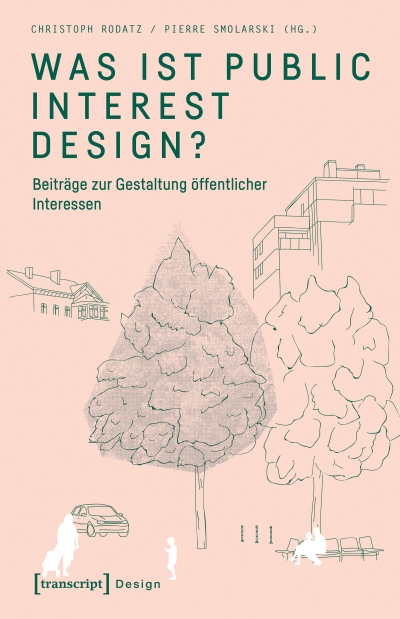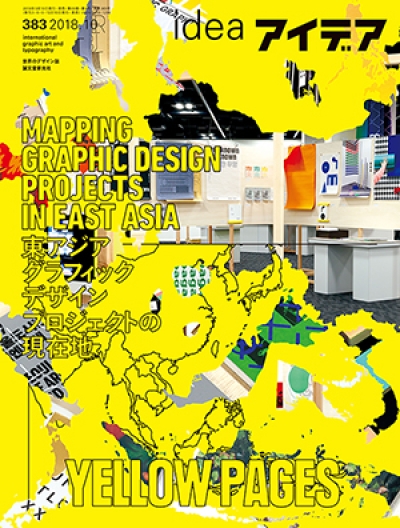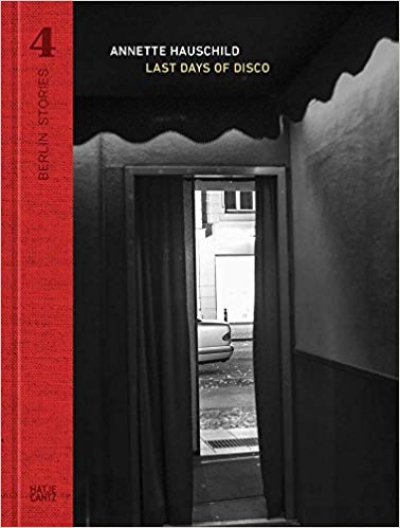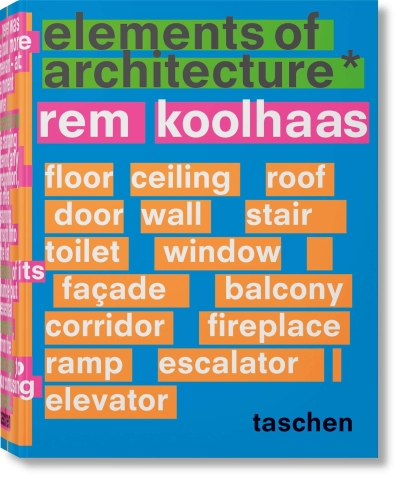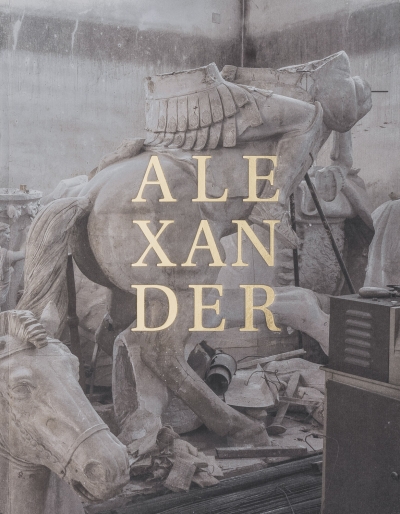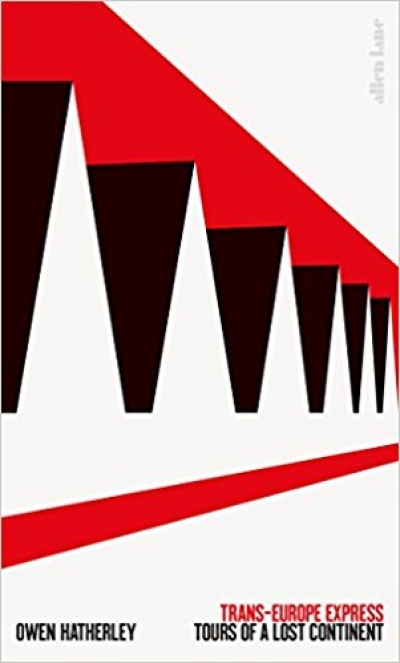
Das Potosí-Prinzip
Wie können wir das Lied des Herrn im fremden Land singen
Das "Potosí-Prinzip" erzählt die Entstehungsgeschichte unserer modernen Gesellschaft neu - zurück zu den Wurzeln der Globalisierung und der europäischen Moderne. So tritt eine heute unbedeutende Stadt in Bolivien ins Blickfeld: Potosí. Von hier aus gelangten während der spanischen Kolonialherrschaft im 16. Jahrhundert gewaltige Mengen an mit Zwangsarbeit gefördertem Silber nach Europa und gaben dem noch jungen Kapitalismus eine enorme Schubkraft, die auch eine ungeheure Bildproduktion nach sich zog. Das Buch zeigt erstmals Gemälde und Aquarelle des "andinen Barock" im Dialog mitzeitgenössischen Arbeiten von zwölf Künstlern, die eingeladen wurden, das Potosí-Prinzip auf heutige Erfahrungen zu übertragen. Sie zeichnen den Kreislauf aus Geld und Kunst nach und entwerfen das Bild einer globalisierten Gesellschaft, in der das Prinzip Ausbeutung genauso vorherrscht wie am Beginn der Moderne.
Potosí ist eine Minenstadt in Bolivien, die im 16. Jahrhundert prächtiger ist als London oder Paris. Das dort in Zwangsarbeit geförderte Silber trägt entscheidend zur Entwicklung des europäischen Kapitalismus bei. Im Zuge dieser kolonialistisch-ökonomischen Dynamik wird eine Massenproduktion von Bildern nicht nur in Spanien, sondern auch im Vizekönigreich freigesetzt. Die in Das Potosí-Prinzip vorgestellten Werke des „andinen Barocks“ bezeugen, dass kulturelle Hegemonie keine symbolische Größe ist, sondern eine Gewalt.
Zeitgenössische Künstler antworten auf die barocken Bilder mit eigenen Arbeiten. Ziel dieses Dialogs ist zu zeigen, dass es Zusammenhänge gibt zwischen der Funktion der Kolonialmalerei und der Funktion, die das Kunstsystem heute übernimmt, um die neuen Eliten der Globalisierung mit Legitimität auszustatten.
Texte von:
Sonia Abián, Anna Artaker, Bartolomé Arzáns Orsúa y Vela, John Barker, Matthijs de Brujine, Thomas Campbell, Roberto Choque Canqui, Chto delat, Alice Creischer, Anthony Davies, Elvira Espejo, Marcelo Expósito, Harun Farocki, León Ferrari, Tom Flynn, Maria Galindo, Isaías Griñolo, Max Jorge Hinderer, Karl Marx School of the English Language, Peter Linebaugh, Gabriela Massuh, Eduardo Molinari, Fátima Olivarez, Plata de Refléxion sobre Politicas Culturales, Felipe Guaman Poma de Ayala, David Riff, Jorge Sanjinés, Andreas Siekmann, Luis Víctor Alemán Vargas, Dmitry Vorobyev













